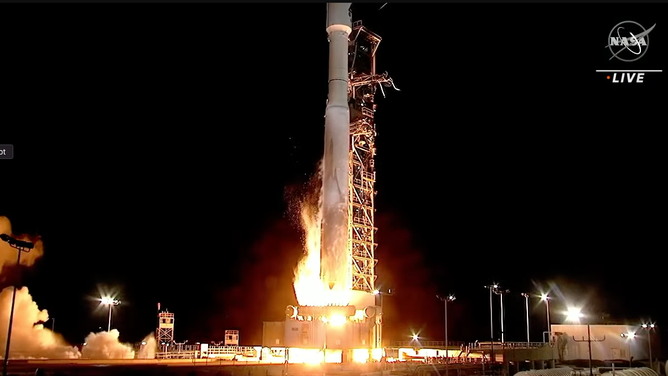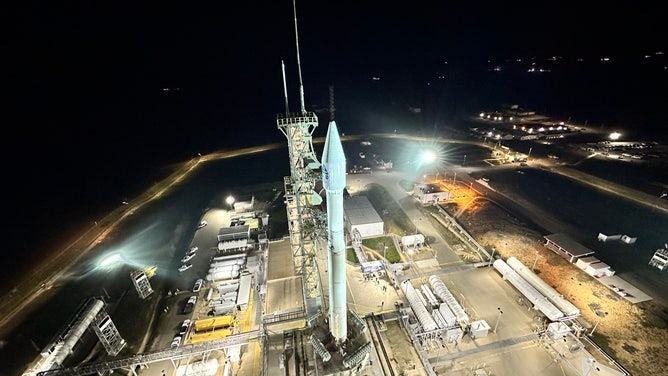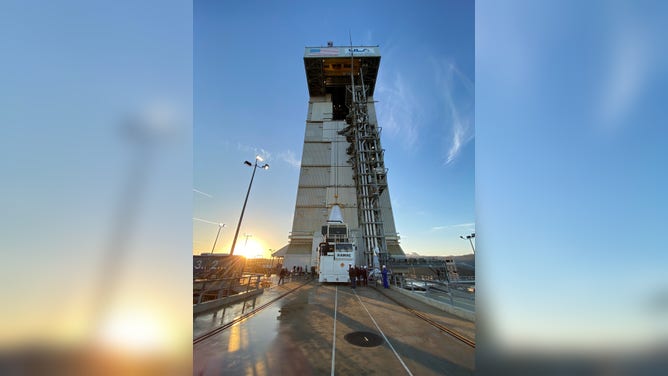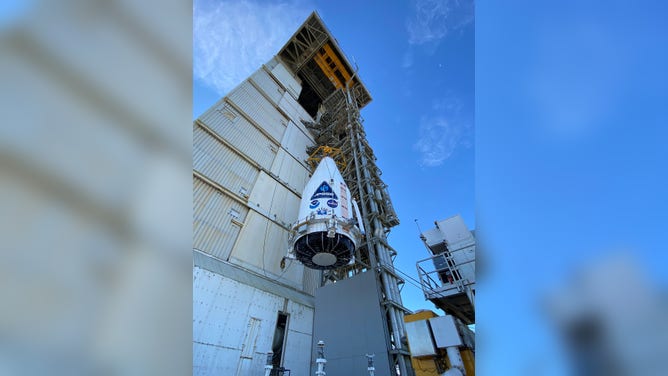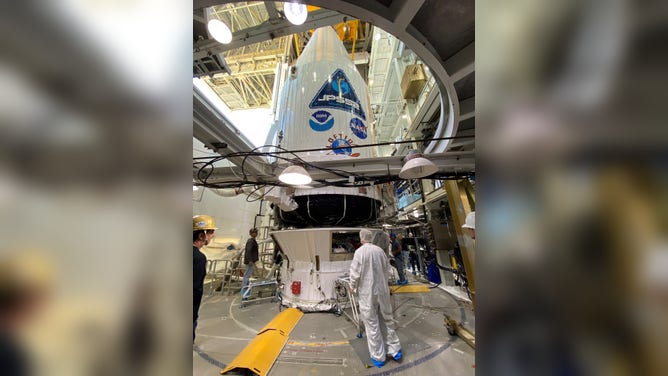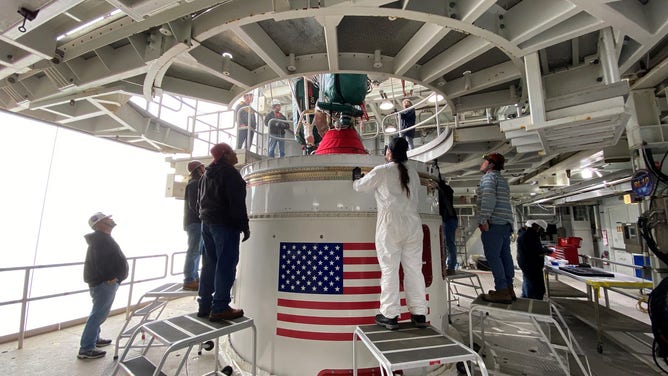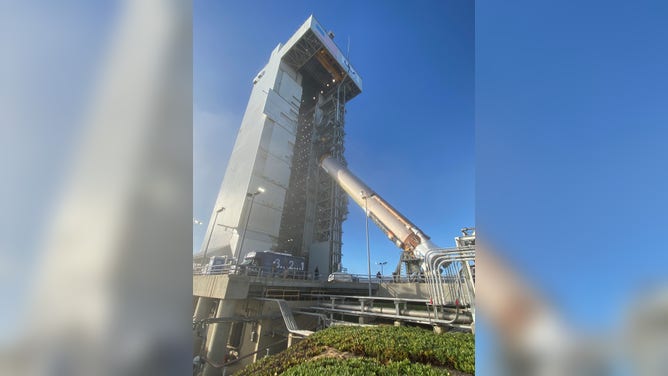Newly-launched JPSS-2 satellite to help forecast climate change, track extreme weather
The Joint Polar Satellite System-2 (JPSS-2) launched aboard a United Launch Alliance (ULA) Atlas V rocket from the Vandenberg Space Force Base in California early Thursday morning.
Overview of NOAA's Joint Polar Satellite System (JPSS)
NOAA’s Joint Polar Satellite System-2 (JPSS-2) mission will lift off from the Vandenberg Space Force Base in California on a United Launch Alliance (ULA) Atlas V rocket. Here's what it plans to do. (Video courtesy of NASA)
A new satellite made to help forecasters better predict extreme weather and monitor climate change is headed to space.
The Joint Polar Satellite System-2 (JPSS-2) launched aboard a United Launch Alliance (ULA) Atlas V rocket from the Vandenberg Space Force Base in California early Thursday morning.
JPSS-2 will head into a low-Earth orbit and scan the globe from the North to the South Pole, crossing the equator 14 times a day. The satellite will capture data from 512 miles above Earth that inform weather forecasts, extreme weather events and climate change.
The JPSS-2 satellite will provide data for weather models used by meteorologists and weather apps. Measurements of temperatures, moisture and clouds will be taken to better improve forecasts.

Artist’s rendition of the JPSS-2 satellite in space.
(Lamont W. Harvey)
The 5,500-pound satellite has four main instruments to measure weather and climate:
- Advanced Technology Microwave Sounder (ATMS) – Inspects inside of clouds and storms and can view the structure of the atmosphere.
- Visible Infrared Imaging Radiometer Suite (VIIRS) – Scans images of hurricanes, floods, dust storms, cloud patterns, and ocean color. It also helps locate and map wildfires.
- Cross-track Infrared Sounder (CrIS) – Works to take detailed measurements of the atmospheric conditions needed to generate extreme weather forecasts days in advance.
- Ozone Mapping and Profiler Suite (OMPS) – Tracks ozone concentration in the atmosphere and measures aerosols emitted from volcanoes and particulates from wildfires.
JPSS-2 is the third satellite in the Joint Polar Satellite System series and will be renamed NOAA-21 after reaching orbit. JPSS-2 will continue the work of its predecessors, NOAA-20 (formerly JPSS-1) and the NOAA-NASA Suomi National Polar-orbiting Partnership (Suomi-NPP).
This was a special mission for scientists as the mission from Vandenberg was the last for Atlas V as the pad will soon be modified to support the ULA's new Vulcan rocket.

